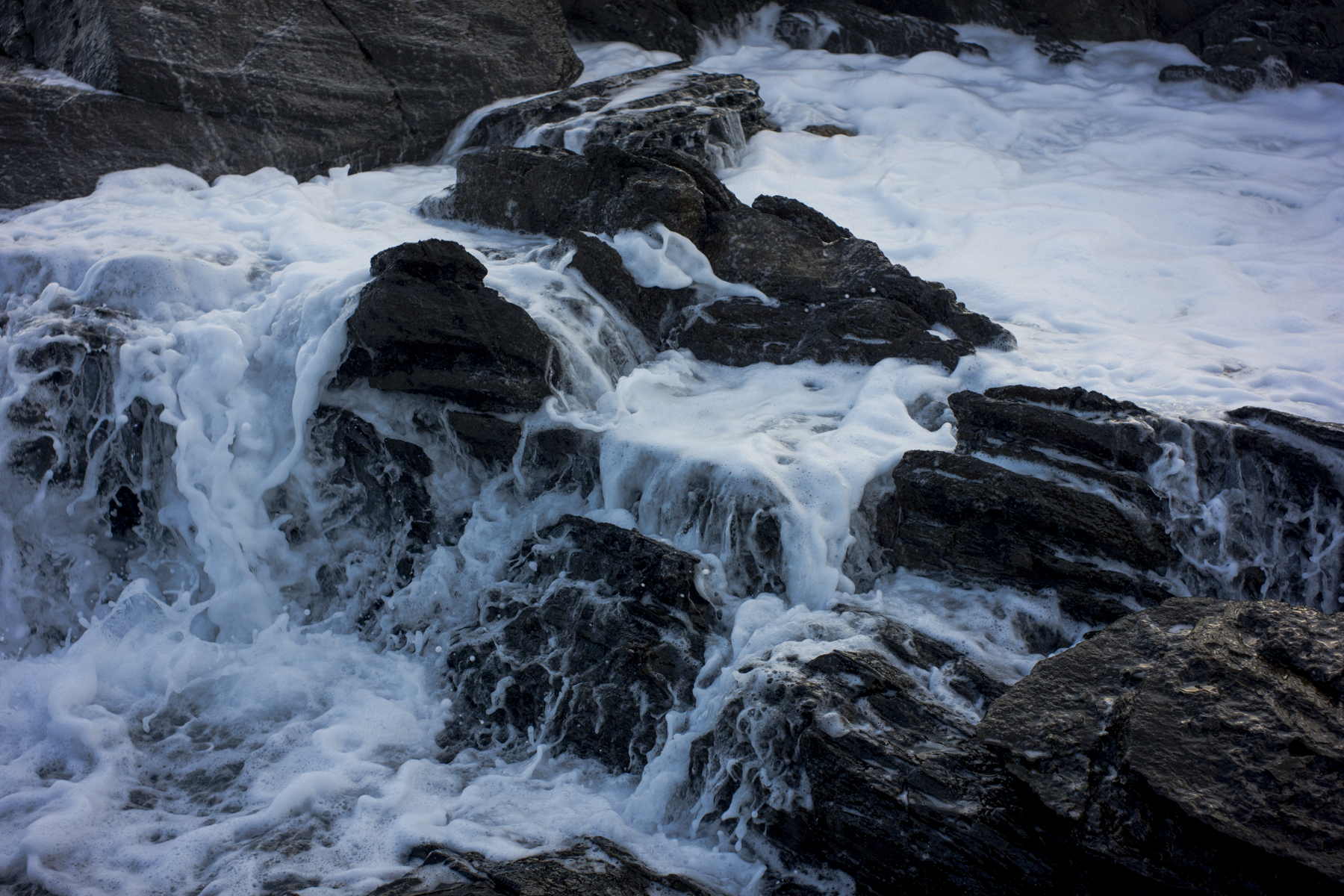These walks with Ari are motivated by a desire to be led astray or to ‘lose oneself in a city’, which can be framed as a craving for the unknown, the unfamiliar, or the strange in both oneself and one’s surroundings. It is a seeking to dissolve the boundary between self and other, as well as melting which might differentiate the body from its urban environment. It is a sense of abandonment and a relinquishing of rational cognition.
This deportment reaches back to the European surrealists who encouraged a wandering haphazardly in the city to allow the eruption of unconscious images into consciously perceived space. The ‘aim’ of surrealist errance was to puncture the surface of what was consciously ‘seen’ to allow dreamlike revelations to emerge in the cracks and fissures between the different layers of reality. Emma Cocker in Desiring to be Led Astray says:
In one sense errance can be understood as part of a tradition of spatial navigation and urban geography; an act of wandering through the newly bourgeoning city space that follows in the footsteps of Charles Baudelaire’s flâneur; Edgar Allan Poe’s The Man of the Crowd (1850), or is echoed in the writing of Walter Benjamin, whose reflections on the city have subsequently informed a critical interpretation of surrealist practice… Such practices have been framed by a later discourse that asserts the critical value of the pedestrian experience of the city, as both a politically resistant and playfully disruptive gesture. For Michel de Certeau in The Practice of Everyday Life (1984), walking is read as a tactic for challenging the dominance of the map or grid.
We can reach back to the past at this point—to Man Ray’s Atget Album (1926) which re-presented a selected number of photographs by Eugène Atget whose documentary images captured the process of an old Paris disappearing, as a new cityscape emerged.
Man Ray edited and re-framed a partial and seemingly arbitrary collection of Atget’s images within the covers of his own album; where the curatorial selection or rejection of images is seen by some historians to echo the way in which a pedestrian itinerary articulates a partial and individualised ‘reading’ of the city.
The Situationists’ dérive extended the Surrealist practice of errance.

